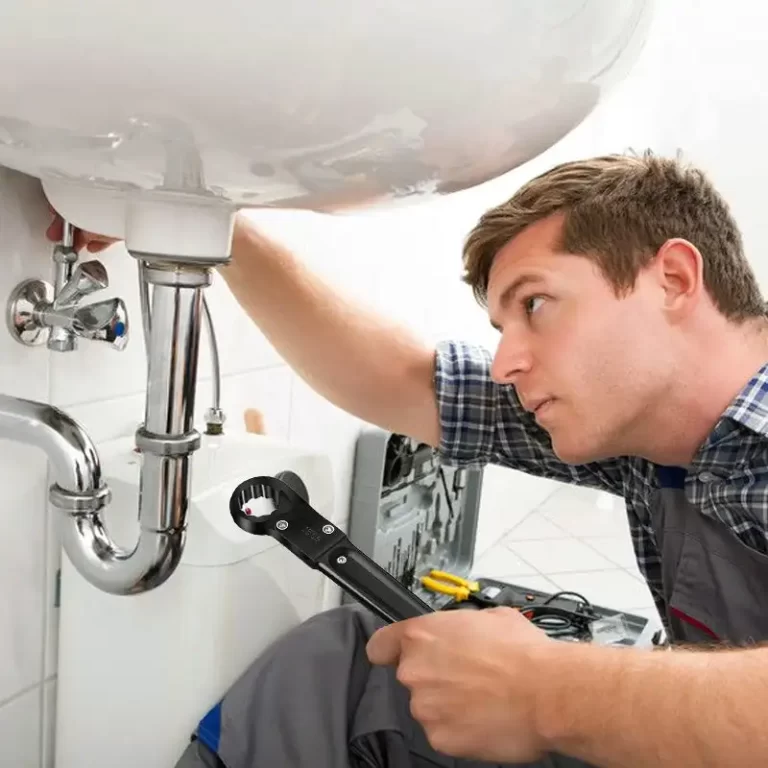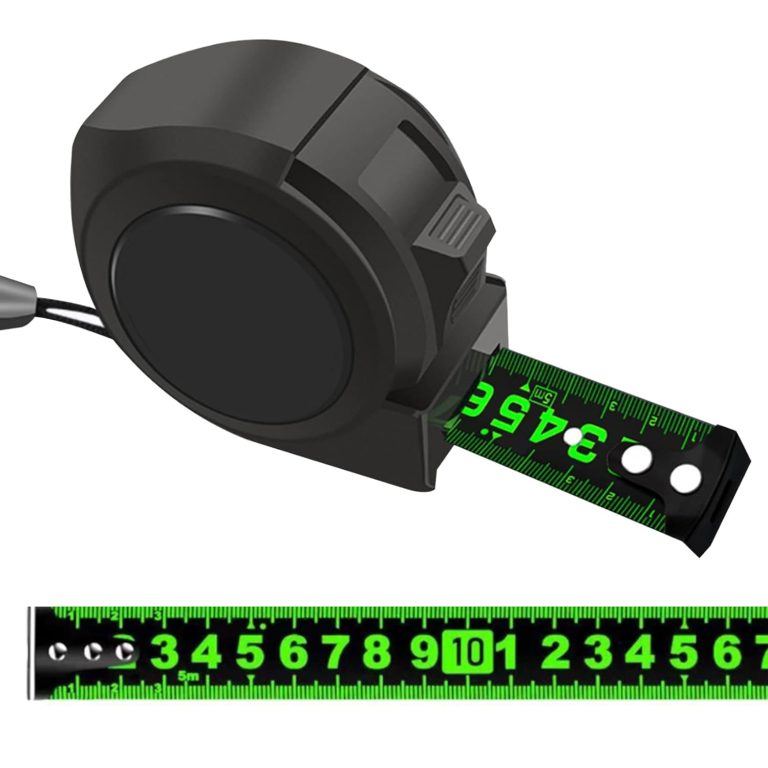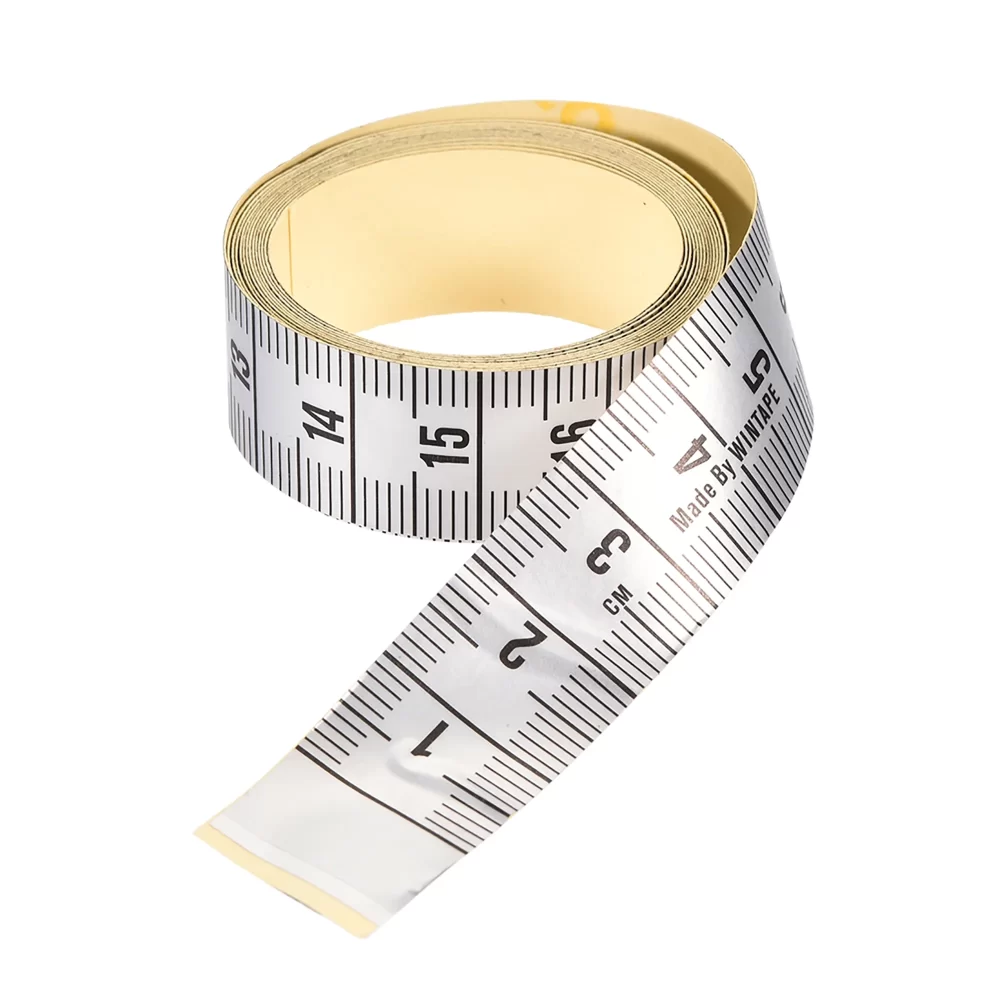
Sewing Tape Measure: Tips and Uses for Every Seamstress
In the intricate world of sewing, precision is paramount. Whether you’re tailoring a bespoke garment or crafting a simple quilt, the right tools can make all the difference. Among these tools, the sewing tape measure stands out as an indispensable accessory for every sewing enthusiast. This comprehensive guide will delve into the various aspects of sewing tape measures, helping you enhance your sewing projects with accuracy and ease.
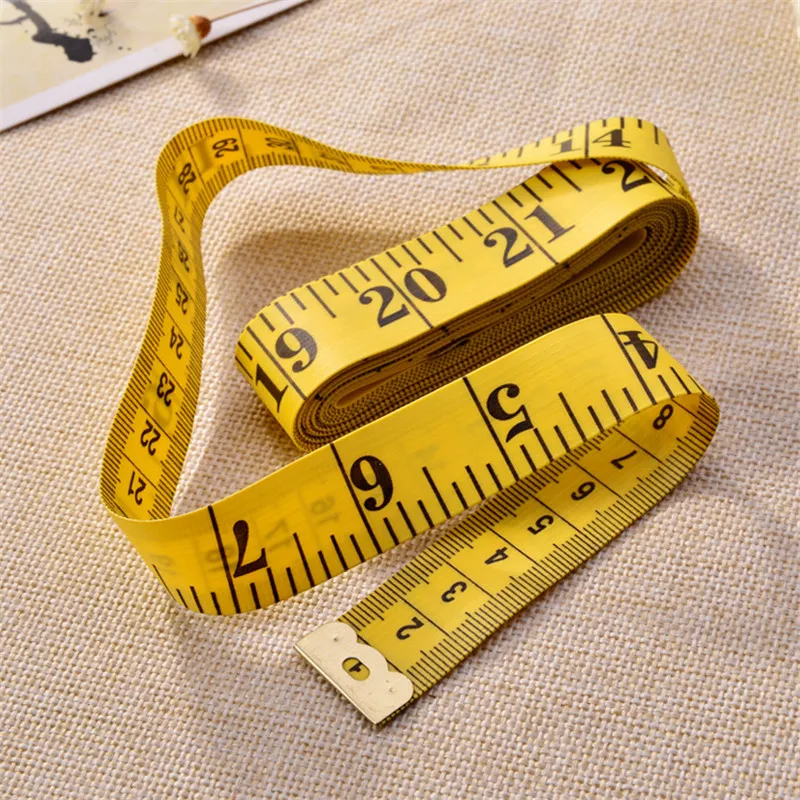 Understanding the Importance
Understanding the Importance
A sewing tape measure is not just a simple measuring tool; it is the backbone of every successful sewing project. Accurate measurements ensure that your creations fit perfectly and look professionally crafted. Without precise measurements, even the most skilled sewists can encounter frustrating issues, such as uneven hems or garments that don’t fit as intended.
Moreover, a sewing tape measure offers versatility. From measuring fabric lengths to taking body measurements, this tool adapts to various tasks seamlessly. Its flexibility and compact size make it easy to handle, allowing you to measure curves and straight lines with equal precision.
The Role of Precision in Sewing
Precision in sewing cannot be overstated. Every project, whether large or small, benefits from meticulous measurements. For instance, when hemlining a dress, a slight miscalculation can result in an uneven finish. Similarly, in tailoring tailored suits, accurate body measurements are crucial for a perfect fit.
Using a sewing tape measure helps mitigate these risks. By providing consistent measurements, it ensures that each element of your project aligns perfectly, resulting in a polished and professional outcome.
Key Features to Look for
When selecting a sewing tape measure, several features can enhance your sewing experience. Understanding these features ensures you choose a tool that best suits your needs.
Length and Size
Sewing projects vary in scale, and so do the requirements for measurements. A standard sewing tape measure typically ranges from 60 to 150 centimeters (24 to 60 inches). For most sewing tasks, a 150 cm tape measure is sufficient, offering the flexibility to measure both small and large dimensions.
Material and Durability
The material of the sewing tape measure affects its durability and ease of use. Common materials include fiberglass, metal, and cloth. Fiberglass tapes are lightweight and flexible, making them ideal for intricate measurements. Metal tapes offer durability and longevity, suitable for heavy-duty use. Cloth tapes provide flexibility and are less likely to kink, making them a favorite among many sewists.
Markings and Readability
Clear and easy-to-read markings are essential for accurate measurements. Look for tape measures with bold, contrasting colors that stand out against the tape material. Additionally, dual measurements (inches and centimeters) can be beneficial, especially if you work with international patterns or prefer one system over the other.
Locking Mechanism
A locking mechanism allows the tape measure to stay in place, providing consistent measurements without constant adjustments. This feature is particularly useful when marking measurements on fabric, as it ensures stability and precision.
Retractable Feature
A retractable sewing tape measure offers convenience by allowing you to extend and retract the tape with ease. This feature also helps in maintaining the tape’s condition, preventing tangles and wear over time.
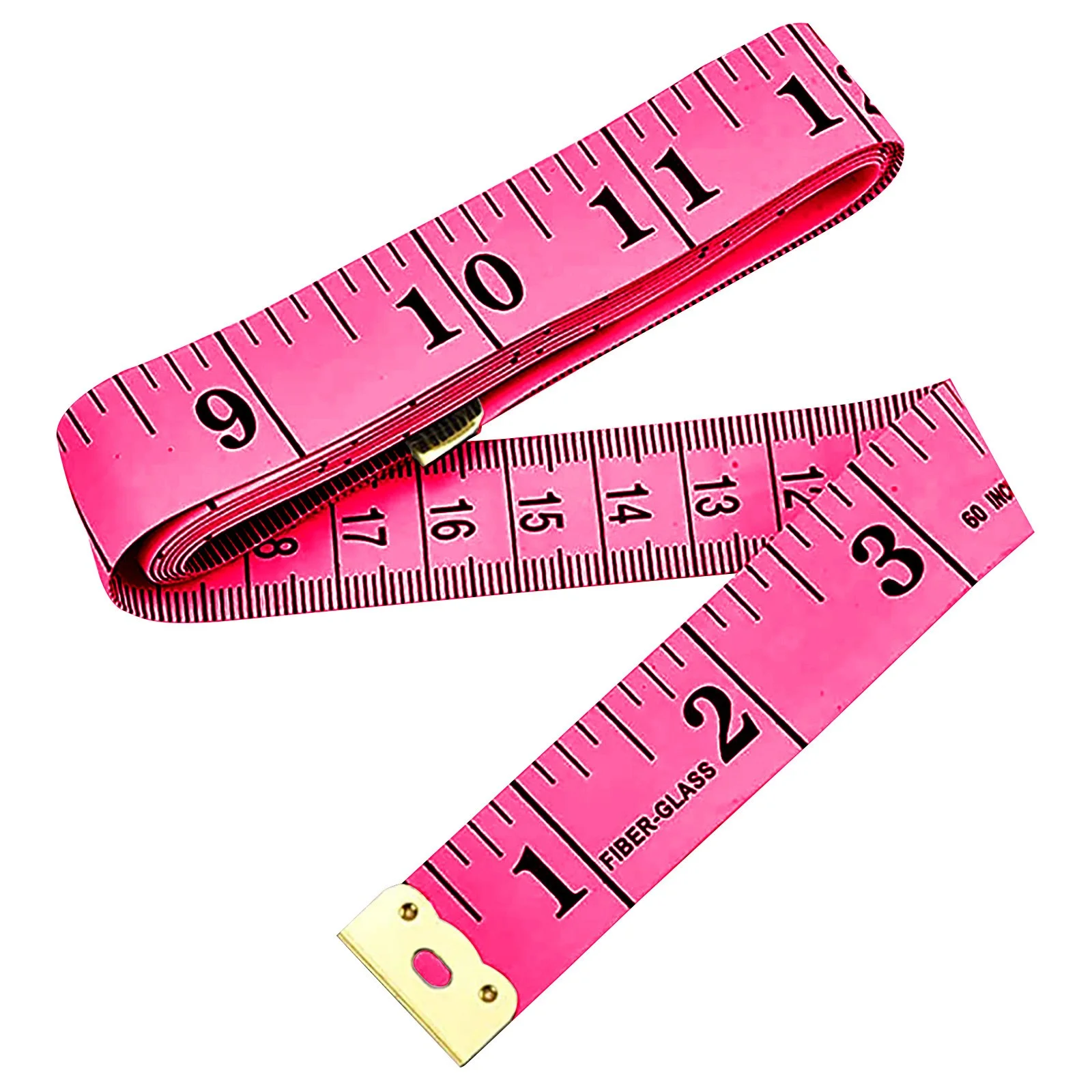 Top Types
Top Types
Sewing tape measures come in various types, each catering to different sewing needs. Understanding the different types can help you choose the one that best fits your projects.
Fiberglass Sewing Tape Measures
Fiberglass tapes are known for their flexibility and resistance to stretching. They are ideal for measuring curves and contours, making them a favorite among dressmakers and tailors. Additionally, fiberglass tapes are less likely to break, ensuring longevity and reliability.
Metal Sewing Tape Measures
Metal tapes are robust and durable, perfect for heavy-duty sewing tasks. They offer precise measurements and are less prone to wear and tear compared to other materials. Metal tapes are often preferred for industrial sewing applications where durability is critical.
Cloth Sewing Tape Measures
Cloth tapes are lightweight and highly flexible, making them suitable for intricate measurements and detailed projects. They can easily bend around curves and corners, providing accurate measurements for complex designs. Cloth tapes are also less likely to snag on fabric, ensuring smooth usage.
Digital Sewing Tape Measures
For those who prefer modern technology, digital sewing tape measures offer a blend of precision and convenience. These tapes provide instant digital readings, eliminating the need for manual interpretation of markings. Digital tapes are especially useful for those who require high accuracy in their measurements.
How to Use a Sewing Tape Measure Effectively
Using a sewing tape measure correctly is essential for achieving accurate measurements. Here are some tips to ensure you make the most of your sewing tape measure.
Measuring Fabric
When measuring fabric, lay it flat on a smooth surface to avoid wrinkles and folds. Ensure the tape measure is straight and taut, without any slack. This method provides precise measurements, crucial for cutting fabric accurately.
Taking Body Measurements
Accurate body measurements are vital for creating well-fitting garments. To take body measurements:
- Wear form-fitting clothing or no clothing at all.
- Stand straight and relax your posture.
- Measure around the fullest part of your bust, waist, and hips.
- Keep the tape measure snug but not tight to ensure comfort and accuracy.
Marking Measurements on Fabric
Marking measurements on fabric requires precision. Use tailor’s chalk or fabric markers to make temporary marks. Ensure the tape measure is aligned correctly to avoid skewed lines. This step is crucial for cutting fabric pieces accurately according to your pattern.
Measuring in Curves
For projects involving curves, such as skirts or dresses, use a flexible sewing tape measure like a fiberglass or cloth tape. Gently follow the curve without stretching the tape to maintain accurate measurements.
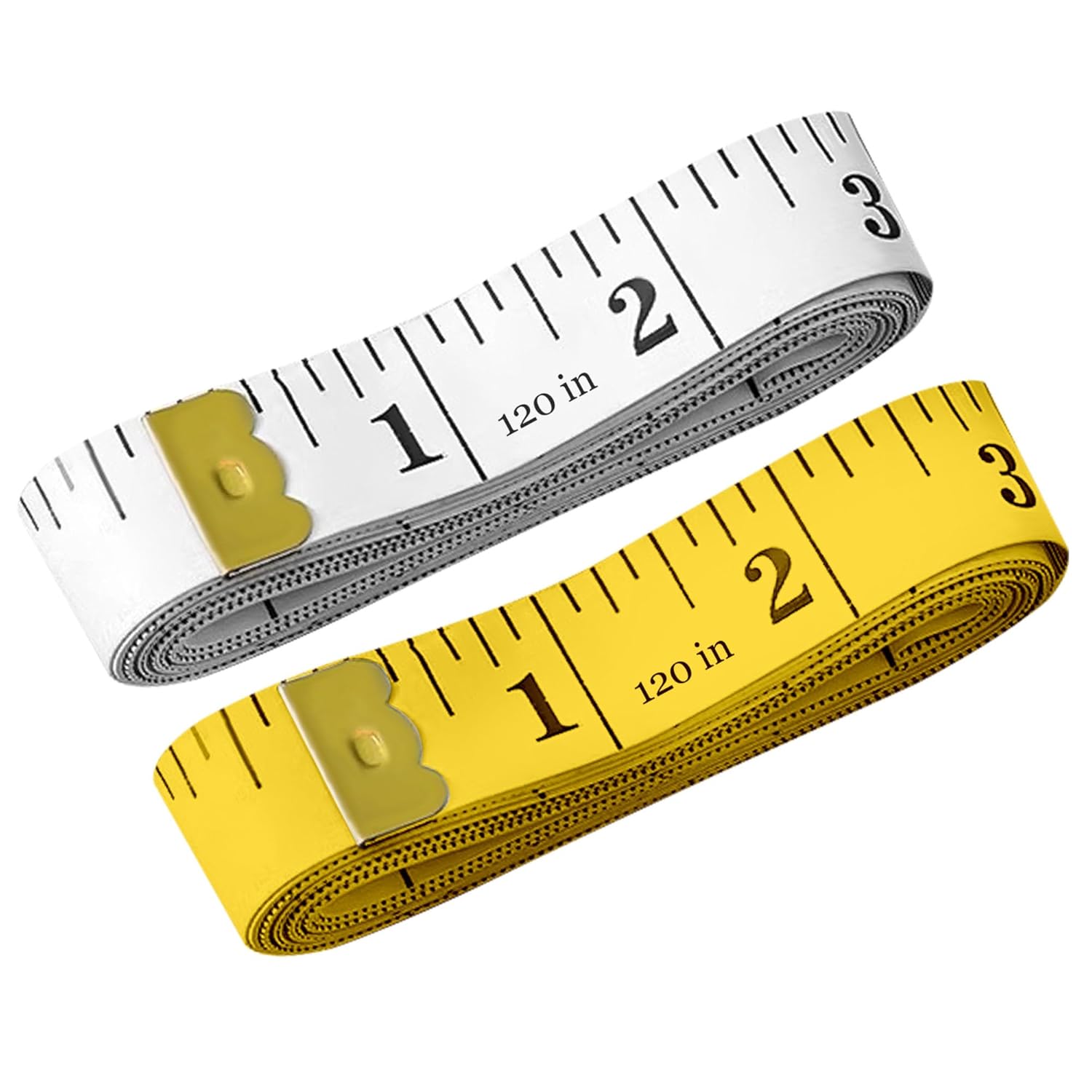 Maintenance and Care Tips
Maintenance and Care Tips
Proper maintenance of your sewing tape measure extends its lifespan and ensures consistent accuracy.
Cleaning Your Tape Measure
Regularly clean your tape measure to remove fabric particles, dust, and debris. Wipe it with a damp cloth and dry it thoroughly to prevent rusting, especially for metal tapes.
Storing Your Tape Measure
Store your tape measure in a dry, cool place to avoid damage from moisture and extreme temperatures. Use protective cases or rolls to prevent tangling and folding, which can distort the measurements.
Inspecting for Wear and Tear
Periodically inspect your sewing tape measure for signs of wear and tear, such as frayed edges or faded markings. Replace the tape measure if it shows significant damage to maintain measurement accuracy.
Avoiding Overextension
Avoid pulling the tape measure beyond its maximum length, as this can weaken the tape and affect its accuracy. Let the tape retract fully after each use to prevent kinks and bends.
Common Mistakes to Avoid
Even experienced sewists can make mistakes when using a sewing tape measure. Being aware of these common errors can help you improve your measurement accuracy.
Not Measuring Twice
One of the most common mistakes is not measuring twice. Always double-check your measurements to ensure accuracy, especially before cutting fabric or marking patterns.
Using a Worn-Out Tape Measure
Using a tape measure that has faded markings or stretched over time can lead to inaccurate measurements. Regularly replace your sewing tape measure to maintain precision.
Ignoring the Tape’s Flexibility
Different projects require different types of tape measures. Ignoring the flexibility needed for your specific project can result in poor measurements. Choose the appropriate tape measure type based on your sewing needs.
Pulling the Tape Too Tight
Pulling the tape measure too tight can stretch the tape and distort the measurement. Apply gentle, consistent pressure to achieve accurate results without damaging the tape.
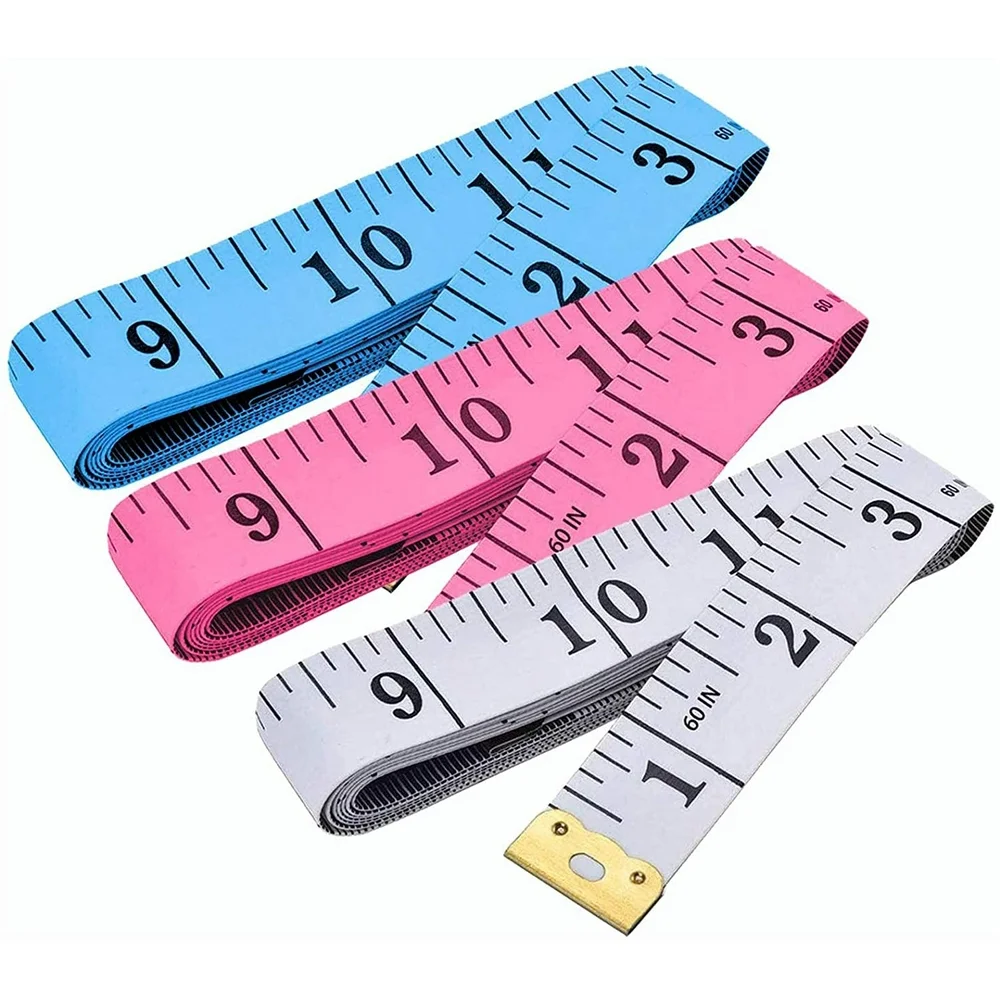 Comparing Sewing Tape Measures with Other Measuring Tools
Comparing Sewing Tape Measures with Other Measuring Tools
While sewing tape measures are essential, other measuring tools can complement or, in some cases, substitute their functions. Understanding the differences helps you choose the right tools for specific tasks.
Rulers and Straight Edges
Rulers and straight edges are excellent for measuring straight lines and marking precise cuts. However, they lack the flexibility needed for measuring curves, making sewing tape measures a more versatile option for most sewing projects.
Measuring Wheels
Measuring wheels are suitable for large-scale measurements, such as when quilting expansive areas. However, they are bulkier and less convenient for everyday sewing tasks compared to sewing tape measures.
Digital Measuring Tools
Digital measuring tools offer high precision and ease of use. While they provide accurate digital readings, they require batteries and may not be as flexible as traditional sewing tape measures for intricate sewing tasks.
 Enhancing Your Sewing Projects with the Right Sewing Tape Measure
Enhancing Your Sewing Projects with the Right Sewing Tape Measure
Choosing the right sewing tape measure can significantly impact the quality of your sewing projects. By understanding the various types, features, and proper usage techniques, you can ensure precise measurements and professional results.
Tailoring with Precision
Tailored garments require meticulous measurements to ensure a perfect fit. A high-quality sewing tape measure allows you to take accurate body measurements and translate them into well-fitting clothing. Investing in a durable tape measure ensures it withstands frequent use, maintaining its accuracy over time.
Quilting and Crafting
Quilters and crafters benefit from a flexible sewing tape measure that can navigate curves and intricate patterns. A cloth or fiberglass tape measure provides the necessary flexibility, allowing you to measure fabric pieces accurately for seamless quilting projects.
Home Decor Sewing
Home decor projects, such as curtains, cushions, and upholstery, require precise measurements to fit specific spaces. A sewing tape measure helps you measure fabric lengths and dimensions accurately, ensuring your home decor items fit perfectly and enhance your living space.
Conclusion
In the realm of sewing, accuracy is the key to creating beautiful, well-fitted garments and crafts. A sewing tape measure is more than just a measuring tool; it is an essential companion that ensures your projects are executed with precision and professionalism. By understanding the importance of a sewing tape measure, selecting the right type, and using it effectively, you can elevate your sewing skills and achieve outstanding results. Invest in a quality sewing tape measure today, and watch your sewing projects flourish with newfound accuracy and ease.
